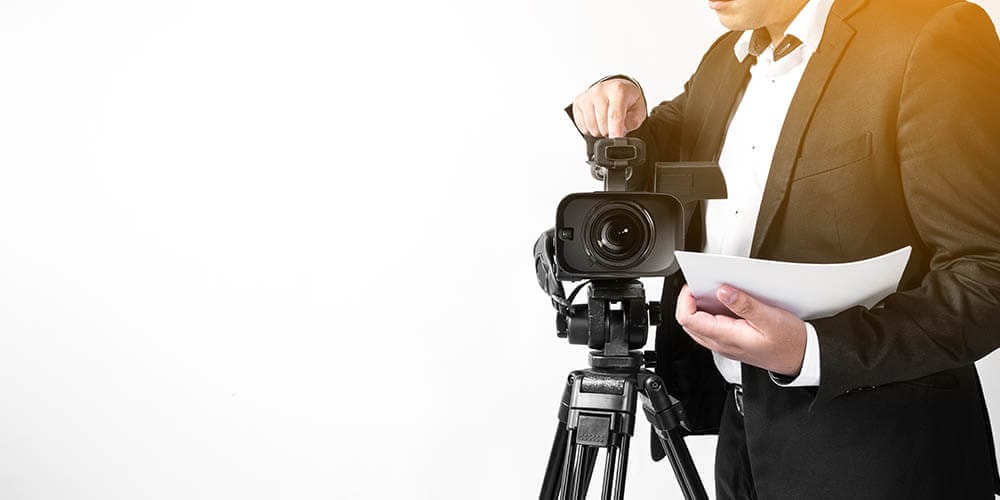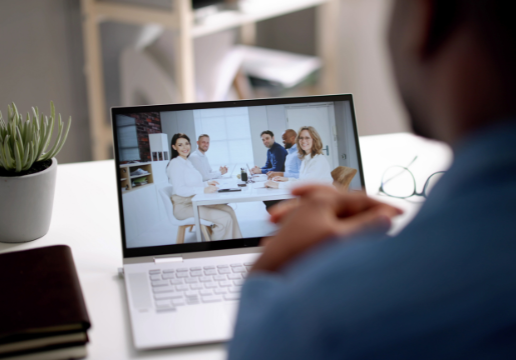How Lawful Videography Can Reinforce Your Lawful Method
In the advancing landscape of legal practice, the assimilation of lawful videography arises as a significant device that can improve a lawful strategy. As we explore the subtleties of this technique, the concern arises: exactly how can legal videography redefine the method situations are provided and perceived in the courtroom?
Benefits of Lawful Videography

Lawful videography offers considerable benefits in the litigation process, enhancing the overall effectiveness of legal technique. Among the key advantages is the capability to develop a visual record of proceedings, which functions as a powerful tool for presenting evidence in court. This aesthetic documents can capture subtleties that could be overlooked in created records, offering a more extensive understanding of the situation.
Additionally, legal videography promotes the preservation of witness statements and depositions, guaranteeing that crucial testimonies are kept in their original context. This is specifically valuable in situations where witnesses might become unavailable due to unanticipated scenarios, as it safeguards the integrity of their statements.
Furthermore, the use of high-grade video can dramatically enhance the interaction of juries and judges. Visual elements commonly reverberate extra successfully than message alone, making it much easier for lawyers to communicate intricate debates and stories.
Moreover, videography can aid in the development of situation approach, allowing lawyers to evaluate taped products and refine their approaches. Eventually, these benefits underscore the essential role that legal videography plays in contemporary litigation, optimizing end results and boosting the efficacy of lawful proceedings.
Enhancing Witness Testimonies
Capturing witness statements on video not just preserves the authenticity of their accounts but also improves the effect of their statements during lawful procedures. Video clip documentation enables jurors and courts to perceive the subtleties of a witness's temperament, body movement, and emotional expressions, which can be critical in assessing credibility and reliability.
In addition, the aesthetic aspect of videography can develop a much more interesting narrative, permitting the court to get in touch with the statement on an individual degree. This link can significantly influence their understanding and retention of the information offered.
Lawful videography additionally serves to lessen the capacity for misconception or miscommunication that can accompany written transcripts alone. By supplying a clear and direct representation of the witness's account, it lowers uncertainty and guarantees that the statement is communicated as planned.

Capturing Depositions Properly
Effective deposition catching is an important component of the lawsuits procedure, enhancing the boosted witness testimonies talked about formerly. The key objective of recording depositions is to create a precise and trusted document that can be utilized throughout the legal proceedings. To accomplish this, lawful imp source videographers have to employ high-quality equipment and strategies that guarantee quality in both audio and visual components.
A well-executed deposition calls for cautious planning and coordination. Furthermore, picking an appropriate background and making sure that all individuals are framed properly can improve the professionalism and trust of the recording.
During the deposition, it is critical to keep a neutral disposition, enabling witnesses to express their statements without disturbance - legal videography. Recording non-verbal cues, such as body movement and faces, includes depth to the videotaped testament, supplying vital context for later analysis. Ultimately, effective deposition recording not only enhances the lawful method yet also acts as an effective tool for offering a compelling story in the court
Offering Proof in Court
In the courtroom, the presentation of evidence plays an essential role fit the story of a case. Lawful videography boosts this process by supplying a vibrant and interesting means of offering crucial proof, especially via depositions and witness statements. High-quality video clip recordings allow jurors to observe not only the content of the testimony yet likewise the disposition, tone, and body movement of the witnesses. This multi-dimensional strategy can substantially influence the jury's perception of reputation and dependability.
Additionally, making use of legal videography makes certain that the evidence exists constantly and properly, decreasing the danger of false impression that can take place with traditional techniques. Jurors can review video evidence during considerations, enabling them to involve even more deeply with the material. In addition, legal videography can assist in showing intricate circumstances or technological info, making it more easily accessible to the jury.
Improving Court Interaction
Through the tactical use lawful videography, lawyers can considerably boost court engagement throughout trials. Visual storytelling works as an effective device to record the court's focus and communicate complex details in an obtainable way. By incorporating video clip proof, lawyers can develop an extra immersive experience that reverberates with jurors, promoting far better understanding of the case.
Lawful videography can display witness testaments and specialist analyses in a compelling layout, enabling jurors to link emotionally with the stories offered. This link fosters a feeling of involvement and financial investment in the procedures, which can eventually influence their assumptions and decisions. Video clip proof can streamline elaborate details, making it much easier for jurors to retain critical information.

Conclusion
In conclusion, legal videography serves as a crucial device in the lawful procedure, enhancing the overall performance of lawful strategies. The assimilation of videography into lawful practice is hence both useful and tactical.
Comments on “Legal Videography: Strengthening Communication Between Lawyers and Clients”